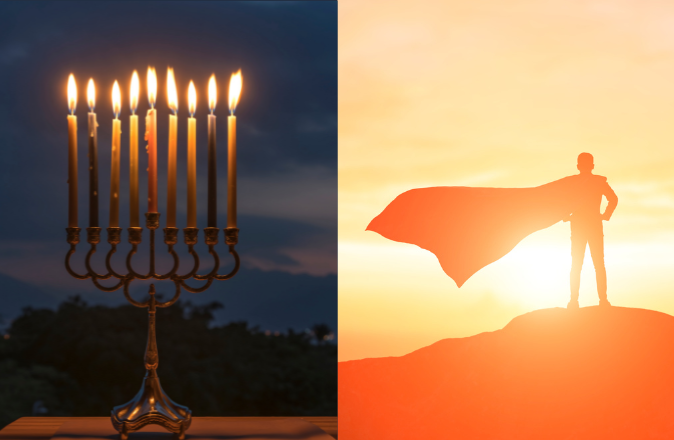Why Does Your Sukkah Look Like That?
Abstract
This is a lesson plan provided by the National Library of Israel.
Dwelling in a sukkah is the focal point of the festival of Sukkot. Despite originating from the same biblical text, sukkot come in all shapes and sizes, sometimes unrecognizable from one another. What are the basic halachic (Jewish law) rules for building a kosher sukkah? Beyond halacha, what environmental, societal, economic and historical factors influence what a sukkah looks like? By comparing and contrasting sukkot from three different countries in three different time periods, learners will examine different Jewish cultures and traditions and discover the diversity of forms that the sukkah has taken throughout Jewish history. Following a brief study of the biblical text commanding us to dwell in sukkot, the class is divided into three groups, with each group studying one of the three primary source photographs and guided by a corresponding worksheet. (See attachments below.) A representative of each group then reports back to the class on his/her group’s finding and, based on the reports of the three groups, a Venn diagram is completed charting the similarities and differences between the three sukkot. To further enhance their learning experience, students will write a fictional journal entry for someone who has visited one of the sukkot featured in the primary sources and will also compare it with a sukkah from the learner’s home or community.
The learner will:
- Understand how sukkah rituals and customs are enriching
- Know the biblical origin of the sukkah and the ways in which later Jewish law interpreted the basic requirements for its construction.
- Be able to explain how their own, or their community’s, sukkah reflects the environment and society in which they live.
| About the National Library and its educational materials:
The mission of the National Library of Israel is to provide a home for items of national, historic or cultural significance. Each of these primary sources serve as unique entry points into the collective memory of the people of Israel as well as the Jewish people worldwide. The education department at the library curates the collection of primary sources and uses them as windows into the past; to foster a deeper understanding of Jewish history, and to enable learners to personalize and connect to earlier events. |
When you click on the National Library of Israel resource link featured above, you will find the following educational building blocks for the creation of a lesson plan:
- A group activity to open the lesson and engage the learners.
- Discussion ideas and/or questions that are designed to get the learners thinking more deeply about the content.
- A creative activity that gives students the opportunity to go beyond learning and analyzing, to crafting something new, that personalizes how they relate to the primary sources featured in the resource.
- The primary sources in this resource have individual links (listed in Expand your horizons below) that provide expanded information. In addition there are nuanced discussion questions that will enable students in small groups to engage independently and effectively in the process of observing, interpreting, and connecting to the primary sources.
Link to the lesson plan:
Why Does Your Sukkah Look Like That?
Student handouts, computer, projector
.jpg)



